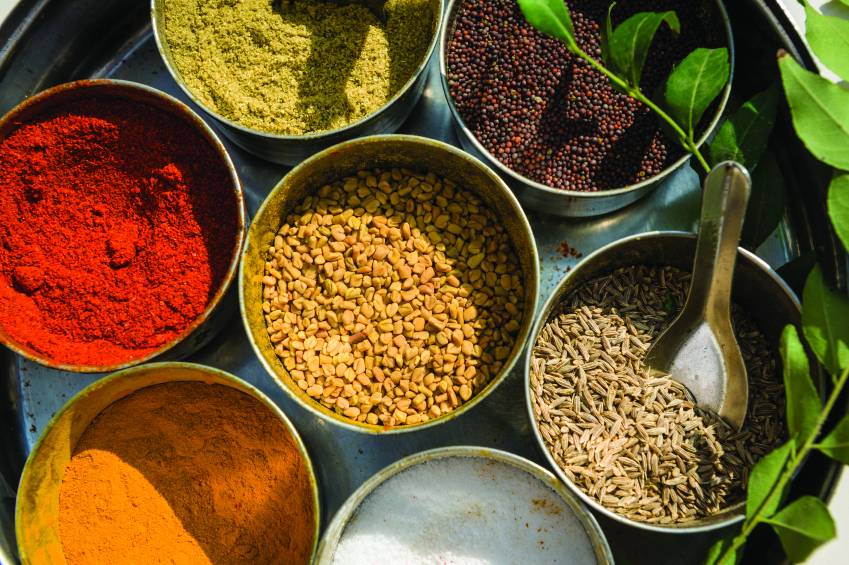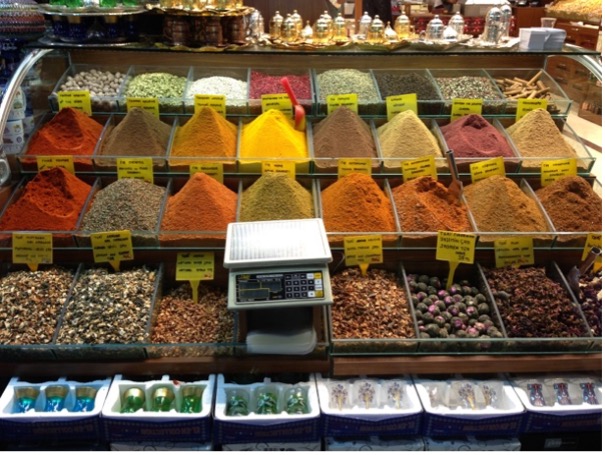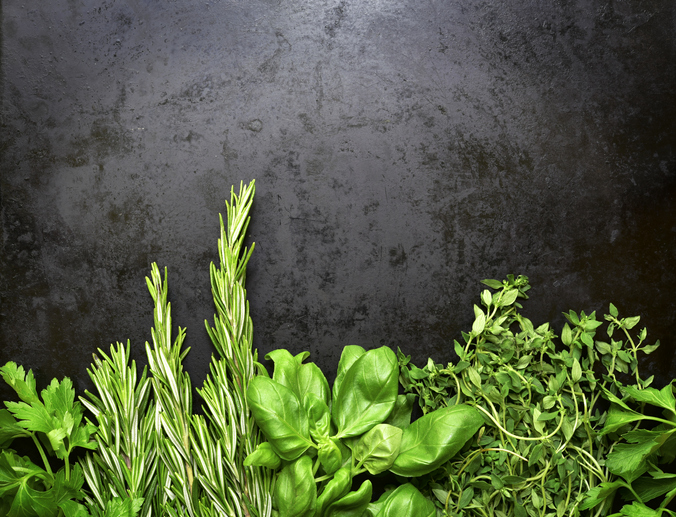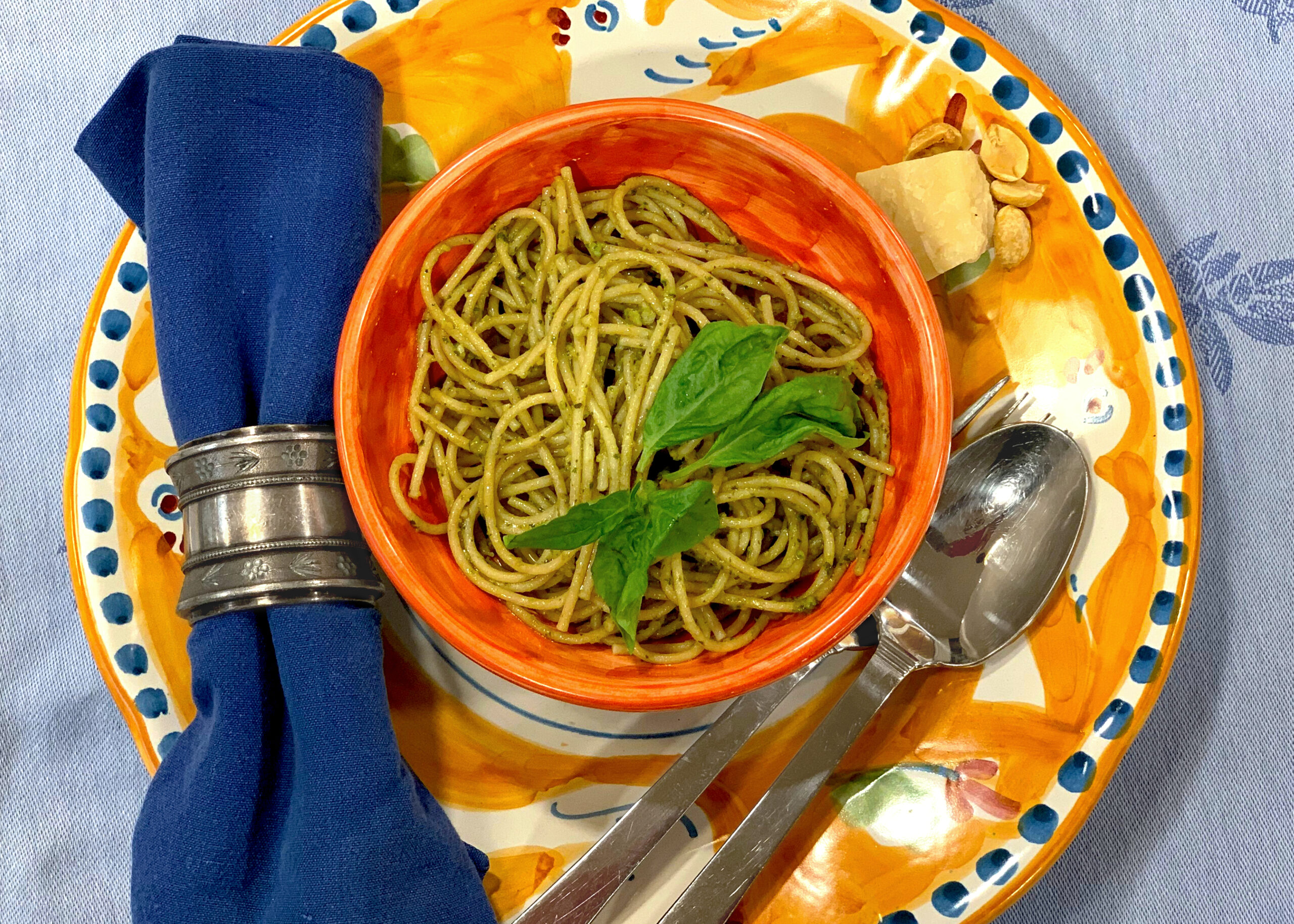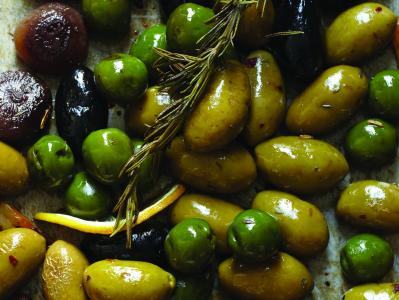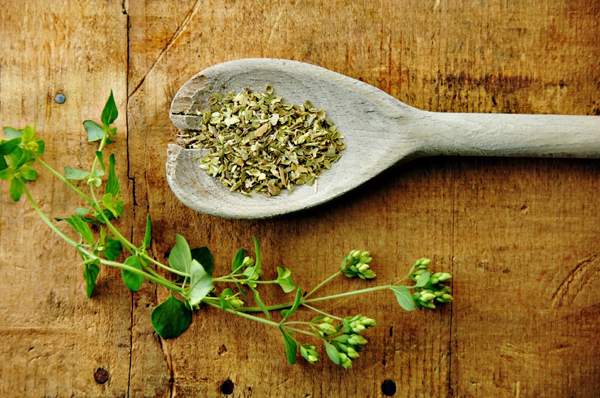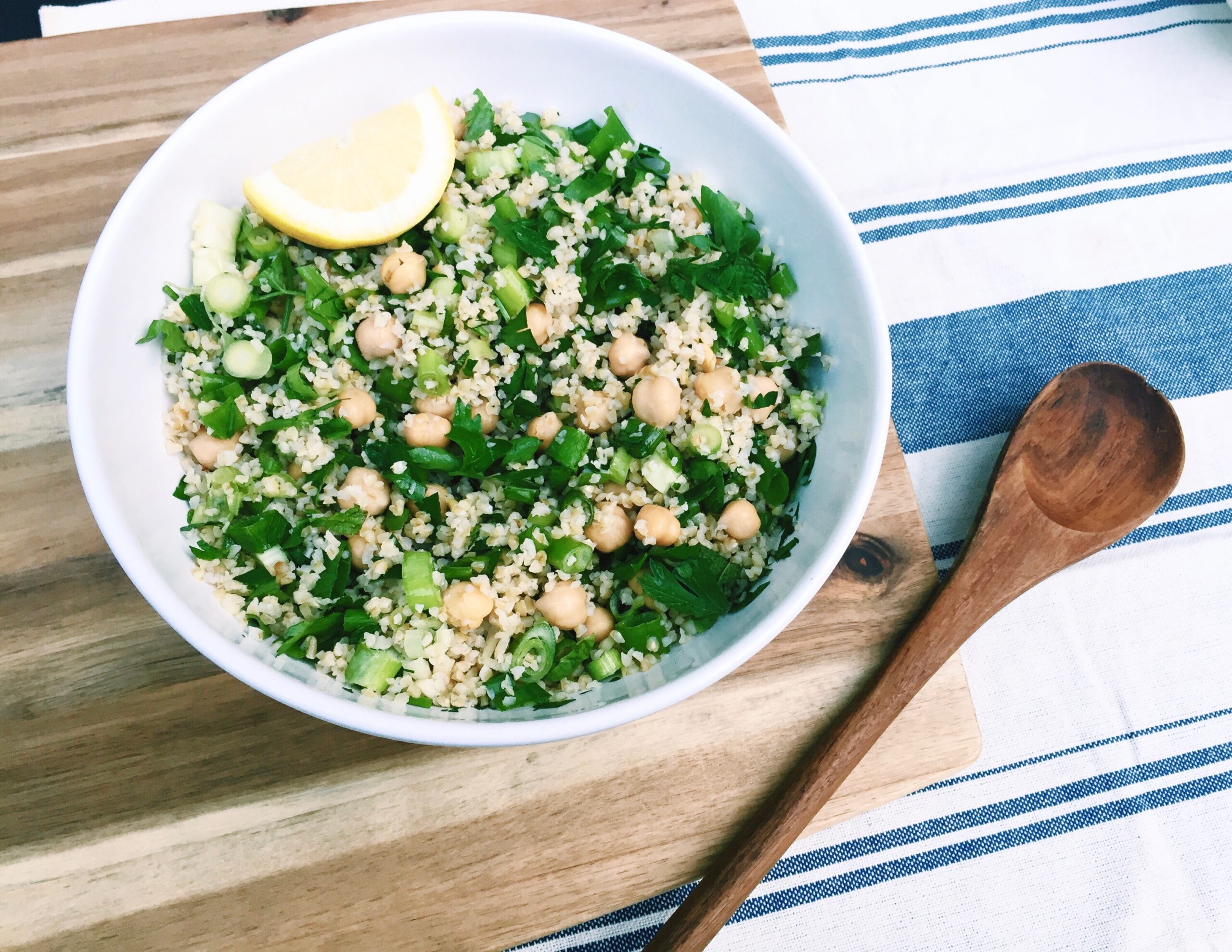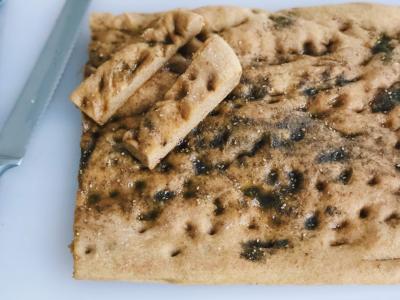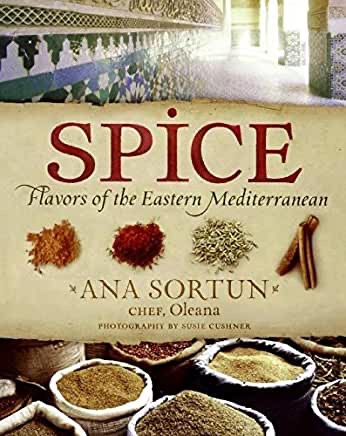When Oldways updated the Mediterranean Diet Pyramid in 2008, the group of scientists who met made the recommendation (among others) that herbs and spices be added to it. Their reasoning? First, herbs and spices give regional expression to Mediterranean cooking. In other words, herbs and spices can make a dish Greek or Turkish or Italian, depending upon the herbs and spices used. Furthermore, using herbs and spices can also reduce the need for a lot of added salt.
You probably didn’t think twice before reaching for the pepper mill in preparing last night’s dinner. Yet, the contents of that pepper mill, what you hold in your hands, is the culmination of a long and complicated history-of lands discovered, wars waged, deception, flavor, and mystery. Spices such as cinnamon, cardamom, clove, ginger, nutmeg, and turmeric were central in the creation of vast empires. In the Old World, spices created great wealth for those who controlled them. The Spice Routes (aka Maritime Silk Roads) were a network of sea routes linking the East to the West, from the west coast of Japan, through the islands of Indonesia, around India to the Middle East, and from there, across the Mediterranean to Europe.
Thanks to those long-forgotten, intrepid sailors and entrepreneurial traders, nowadays spices are readily accessible. This is a good thing of course, as spices intensify the flavor and aroma of food. Today, different spices are being studied for their role in fighting inflammation, reducing pain, improving blood sugar control, and helping support memory and cognitive function. Spices also allow you to be creative and adventurous with your cooking. No more boring weeknight meals. You just need to add a bit of spice to your life.
Technically, herbs are the leaves of the plant, while spices come from the roots, bark, and seeds. When it comes to seasoning food, herbs and spices often go hand-in-hand.
Here are some of our favorite Mediterranean herbs and how to use them, along with some flavorful Mediterranean spice/herb blends.
HERBS
Basil is an annual herb in the mint family. It’s well known as the classic herb for making pesto and can be used fresh or dried to flavor meat, fish, sauces and salads.
Recipe: Peanut Pesto with Whole Grain Spaghetti
Dill is also an annual herb, one that likes warm climates. It’s commonly used in Mediterranean cooking, flavoring egg dishes, as well as fish, salads, vegetables and dressings.
Recipe: Ana Sortun’s Cacik – Everything Green
Rosemary is actually an evergreen shrub, a perennial native to the Mediterranean. Very aromatic and sweet, it is used in Mediterranean cooking as a flavoring in meat and vegetable dishes.
Recipe: Roasted Olives
Mint is a perennial, fragrant and with many varieties. The plant is hardy, and spreads easily, so be careful where you plant it. Used frequently in Eastern Mediterranean cooking, mint adds wonderful flavor to salads, vegetables, sauces, spreads, beverages and desserts. Fresh mint is usually added after a dish is cooked; dried mint can be used when cooking soups and stews.
Recipe: Everything Green Chickpea Salad
Oregano is one of those herbs that says Mediterranean; however, many are not aware that there is another Oregano- Mexican Oregano-which is a different plant. Mediterranean oregano is in the mint family, also known as wild marjoram, and not at all related to Mexican oregano. Mexican oregano is in the verbena family and is stronger than Mediterranean oregano. In the Mediterranean, dried oregano is most commonly used, and unlike other herbs, is just as flavorful as fresh. It’s often used to top dishes-vegetables, pasta-or in tomato sauces or marinades.
Recipe: Dakos Salad
Parsley is and herb most often used as a garnish, a condiment, or a flavoring. It’s also used in sauces and salads, and comes with flat or curly leaves, as well as dried.
Recipe: Bulgur Salad with Chickpeas and Herbs
Thyme is a woody perennial Mediterranean herb that can be used fresh or dried as a garnish or flavor for soups, meat dishes, salads, and mixtures such as Herbes de Provence (see above). Thyme differs from Wild Thyme, which is also a perennial, but it is thicker.
Recipe: Pasta Fagioli
SPICE/HERB BLENDS
Sometimes spices are used alone, though when used in combination spices have the ability to create complex flavor profiles. Let’s explore some of the more common spice blends used in Mediterranean cooking:
Advieh is a Persian mix of dried rose petals and spices, including cinnamon, cardamom, cloves, nutmeg, and cumin, and is often added to rice dishes and stews.
Baharat means ‘spices’ in Arabic and is a typical blend utilized in Eastern Mediterranean cooking. There are variations depending on the region, but expect to find black pepper, coriander, cumin, cinnamon, cloves, cardamom, and paprika. Baharat is a warming spice that lends a pleasing savory, slightly sweet and subtle heat to rice pilafs and couscous, soups and stews, or as a dry rub for meat and vegetables. Lebanese seven-spice is a type of baharat.
Herbes de Provence is a fragrant French Provencal blend that may include dried savory, thyme, basil, marjoram, parsley, oregano, tarragon, rosemary, and fennel. Herbes de Provence makes a nice dry rub for grilled chicken, pork, or fsh, and can infuse flavor
Recipe: Vegetable Orzo Primavera
Italian Herb Seasoning is a blend of dried Italian herbs such as basil, marjoram, oregano, rosemary, and thyme that will add a punch of flavor to pasta sauces, marinades, dressings, soups, and sauces.
Quatre épices is a French blend of four spices, typically ground black and/or white pepper, cloves, nutmeg, and ginger. In French cuisine, it’s typically used to season anything from soups and stews, grilled chicken, and vegetables, and is added to charcuterie such as pâtés, sausage, and terrines.
Ras el Hanout translates to “head of the shop” in Arabic or ‘top shelf’, referring to the best spices a store has to offer. The blends vary from region to region, from town to town, and even from family to family. Sometimes, ras el hanout is comprised of as many as 50 to 100+ individual spices. In Morocco, it’s used in everything and anything – dry rubs for grilled meats, fish, spreads, and soups and stews, namely tagines.
Recipe: Spiced Parsnip and Apple. Soup with Tahini-Honey Swirl
Za’atar Spice is a mixture of sesame seeds, sumac, and herbs (often dried thyme and/or oregano). This combination is traditionally mixed with olive oil and spread on flatbread and baked in the oven. Za’atar is also a flavorful seasoning for roasted meats or vegetables, salads, and any number of dips from hummus to yogurt, or even sprinkled over popcorn.
Recipe: Sprouted Whole Wheat Sweet Potato Focaccia Bread with Za’atar
Are you looking for more information? Try these recipes or take a look at Chef Ana Sortun’s book, Spice – a great source of information and recipes.
Want biweekly Heritage Diet information and recipes in your Inbox? Sign up for our Fresh Fridays newsletter by clicking the Subscribe button at the bottom of this page!


